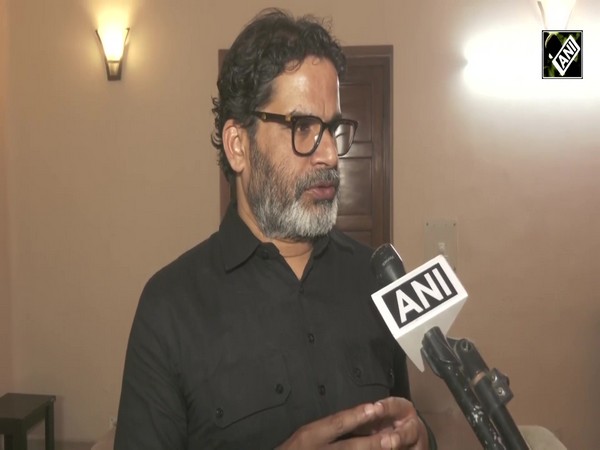Key takeaways from India’s World Cup squad announcement
Sep 05, 2023

Kandy [Sri Lanka], September 5 : India have confirmed their 15-member squad for the upcoming ICC Men’s Cricket World Cup 2023. Here is a look at the key takeaways.
As expected, the roster is a trimmed version of the Asia Cup squad with three players – Tilak Varma, Prasidh Krishna and Sanju Samson – missing out in the World Cup squad.
According to ICC, Captain Rohit Sharma forms the top order along with Shubman Gill and Virat Kohli. Shreyas Iyer, KL Rahul, Ishan Kishan and Suryakumar Yadav make up the middle order. Rahul and Kishan will also be India’s choice behind the wickets.
All-rounder options include Hardik Pandya, Ravindra Jadeja, Axar Patel and Shardul Thakur. Jasprit Bumrah spearheads the bowling group, with Mohammed Shami and Mohammed Siraj completing the pace bowling group. Kuldeep Yadav is the side’s leading spin option.
Rahul’s fitness was being assessed from the perspective of his availability as a batter and as well as a keeper. The star player provides much-needed support in the middle order, while also fulfilling the keeper’s duties.
This was of utmost importance in a side already heavily stacked with top-order options, namely Rohit, Gill and Kohli. This meant that even an opener like Rahul was forced to bat in the middle-order.
But the Karnataka player helped his case with a splendid run in the middle. In 18 games, Rahul aggregated 742 runs at an average of 53 and a strike rate of close to 100.
India’s trouble with their other keeping options were either lack of form (Sanju Samson) or success in the middle-order (Kishan).
However, Kishan’s run of form in the middle-order against Pakistan helps ease some pressure off Rahul. This gives India some flexibility, including a scenario where Rahul plays as a pure batter, while Kishan keeps wickets.
This can help the right-hander ease back into the side without straining himself too much by proving himself as a keeper as well.
According to ICC, India’s Asia Cup squad kept Tilak Varma and Samson in the mix along with Suryakumar Yadav. This was for the extra middle-order batter role. This was down to the fact that Suryakumar hasn’t been able to seal his spot as a middle-order batter.
The Mumbai batter has scored 511 runs in 26 games, at an average of 24.33 and with two half-centuries.
His ODI run in 2023 has remained unimpressive. He scored four runs in a game against Sri Lanka in January 2023. He followed this with 45 runs in two games against New Zealand. Come March, his form dipped further when he fell for three consecutive ducks against Australia. His returns improved marginally against the West Indies, where he scored 78 runs in three innings.
Still, the selectors have shown faith in Suryakumar. Perhaps the decision came down to the lack of experience or success of his competitors. Suryakumar also hit form, albeit in T20I format, against West Indies with scores of 61 and 83 in his last two T20I innings.
At one stage this year, Samson could’ve laid strong claims to a place in the Indian side. He could’ve taken the backup batter spot in the middle order. Being a keeper also helped.
However, the Kerala player ran out of form at the wrong time. Since the West Indies tour, Samson has averaged 22.16 across formats in seven opportunities.
Before the tour, he averaged an impressive 66 in ODIs but those numbers have dropped after the two games against West Indies.
With selectors backing Suryakumar in the middle-order and following the return of Rahul, who is an added option with the gloves, Samson finds himself out of the 15-member squad.
India have picked four all-round options in Pandya, Shardul, Jadeja and Axar. It is quite clear that the Men in Blue are giving importance to their batting capabilities down the order. This showed in their recent game against Pakistan at the Asia Cup when the team went with eight batting options.
The presence of these all-rounders has meant that some of the specialist bowlers like Prasidh Krishna, Yuzvendra Chahal and Umran Malik among others miss out on a World Cup berth.
India could’ve perhaps adjusted a bowler or two if some of their batters were adept at turning their arms over. But the absence of these part-time options means that India had to boost up their all-round quota to the maximum.



















